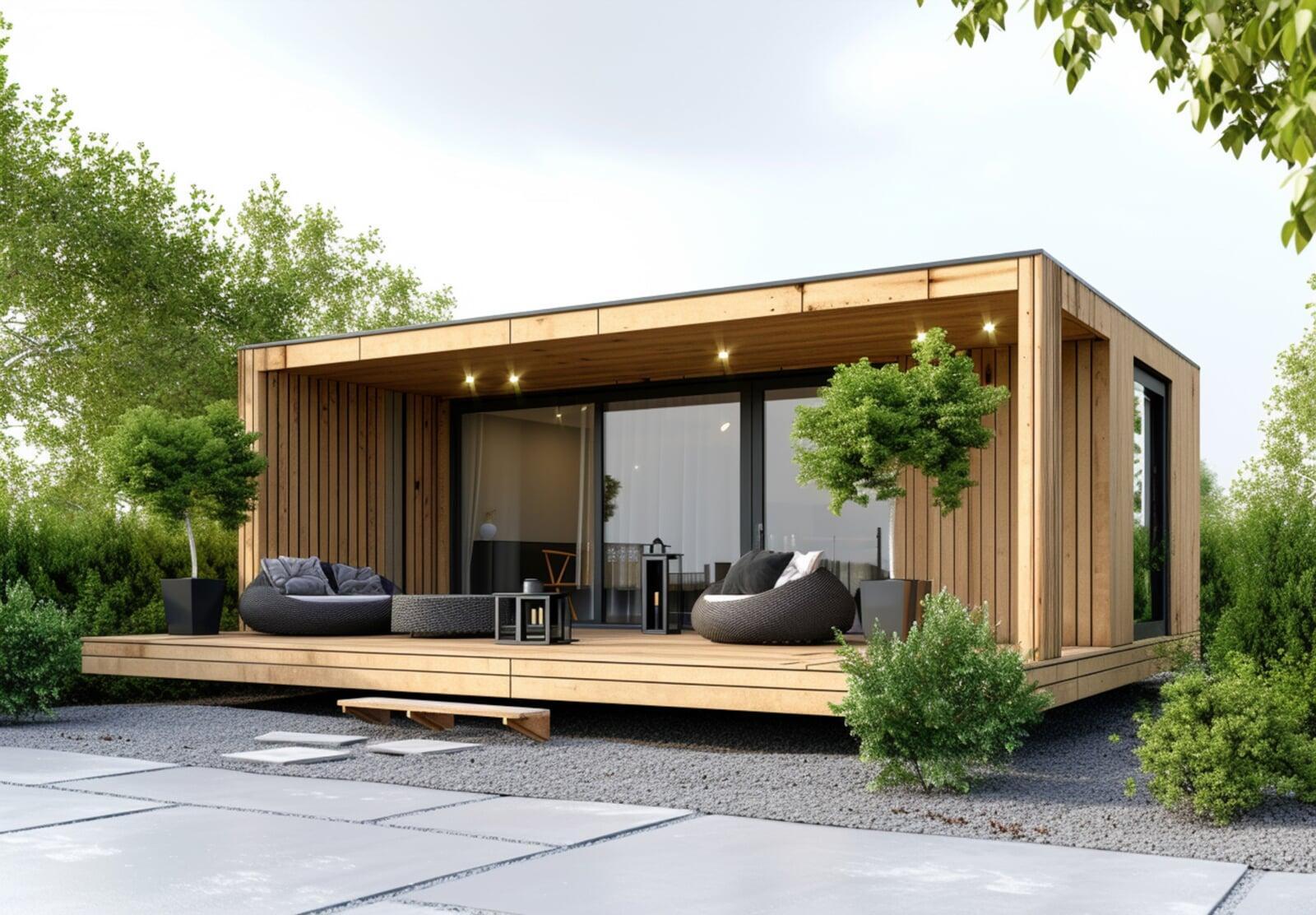As Accessory Dwelling Units (ADUs) grow in popularity across California, many homeowners in HOA-governed communities are asking: Can my HOA stop me from building an ADU?
The answer is more hopeful than many think. State laws in California limit the power of HOAs to restrict ADU construction, empowering more homeowners to create flexible, multi-generational, and income-generating living spaces.
In this blog, we’ll explore how Homeowners Associations (HOAs) impact ADU development, your legal rights, what HOAs can and cannot regulate, and the benefits of building a permitted ADU.

🏡 What Is an ADU?
An Accessory Dwelling Unit (ADU) is a secondary housing unit built on a residential property with a primary dwelling. ADUs can be:
Detached – A standalone unit (e.g., a backyard cottage)
Attached – An addition connected to the main house
Converted – Created from existing space (garage, basement, etc.)
They’re often called granny flats, in-law units, or backyard homes, and are legally required to include a kitchen, bathroom, and separate entrance.
🧱 Can HOAs Ban or Restrict ADUs?
❌ HOAs Cannot Prohibit ADUs
Thanks to California state laws like AB 670, effective since January 1, 2020, HOAs are prohibited from banning ADUs outright. This means:
HOAs cannot enforce CC&Rs (Covenants, Conditions & Restrictions) that completely prevent the construction of an ADU on a residential lot.
The law applies to single-family residential lots in HOA communities statewide.
🛑 What HOAs Can Regulate
While they can’t ban ADUs, HOAs can impose “reasonable restrictions.” These must not unreasonably increase the cost or delay construction.
Examples of permissible HOA regulations:
Aesthetic guidelines (matching rooflines, exterior finishes)
Setbacks or placement within a lot (consistent with local code)
Screening, landscaping, or fencing standards
Noise or lighting rules already applicable to all residents
🔍 HOA vs. Local Jurisdiction: Who Has the Final Say?
Your city or county has final permitting authority, not the HOA. While the HOA can request design changes, they cannot override municipal or state ADU approvals.
That said, you’ll likely need to:
Get city or county permits first
Notify or submit plans to your HOA architectural committee
Follow reasonable HOA rules that don’t conflict with state law
✅ Benefits of Building a Permitted ADU (Even in an HOA)
💰 Increased Property Value
A permitted ADU can add 20–30% to your property value—especially in HOA neighborhoods with high demand.
💵 Steady Rental Income
Use your ADU to house a long-term tenant and offset mortgage or HOA dues.
👨👩👧 Multigenerational Housing
Create space for family members without sacrificing privacy or independence.
🛡 Legal Compliance
Permitted ADUs protect you from fines, legal disputes with your HOA, and complications during home resale.
🏘 Preserve Neighborhood Aesthetics
Work with your HOA to maintain curb appeal while maximizing your property’s potential.
📝 Best Practices for Building an ADU in an HOA Community
Review Your HOA’s CC&Rs
Even if they can't ban ADUs, check for clauses on design, placement, or neighbor notifications.
Consult Your HOA Early
Avoid future conflicts by including your HOA in the early design or architectural review phase.
Work with an ADU Specialist
Use professionals experienced with HOA and city permitting to streamline approvals.
Get Everything in Writing
Keep written documentation of HOA approvals, city permits, and communications for legal protection.

